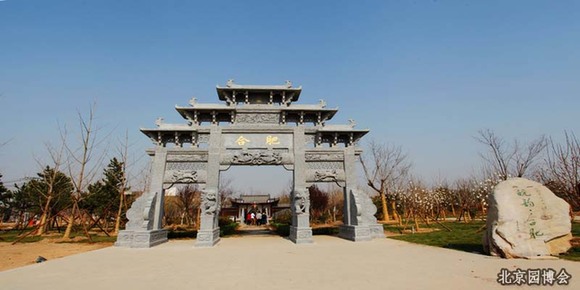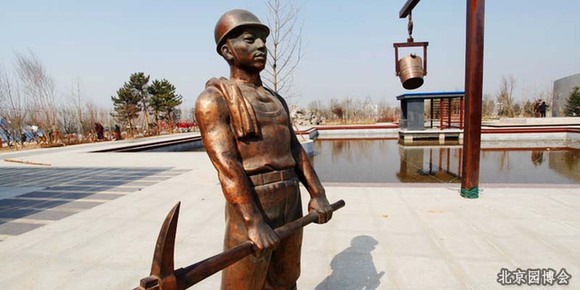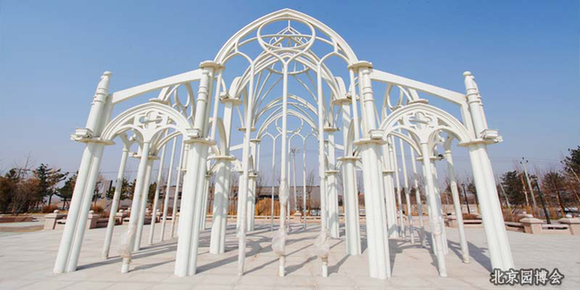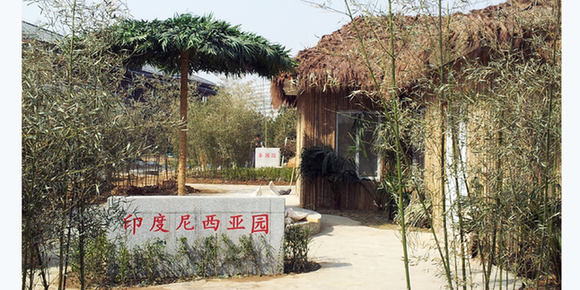

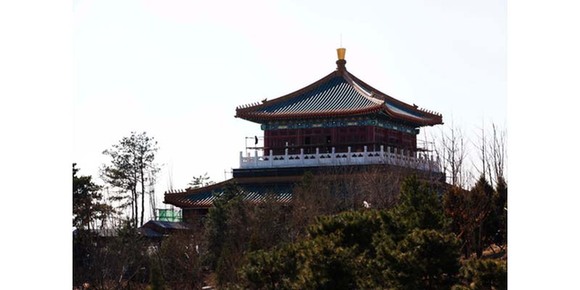
Located in the west of Jinxiu Valley, Beijing Park is one of the most important scenic spots in the China International Garden Expo.
Characterized by ancient royal gardens, Beijing Park’s layout is formed around east-west and north-south axes, reflecting the capital’s high-level garden design and profound garden culture.
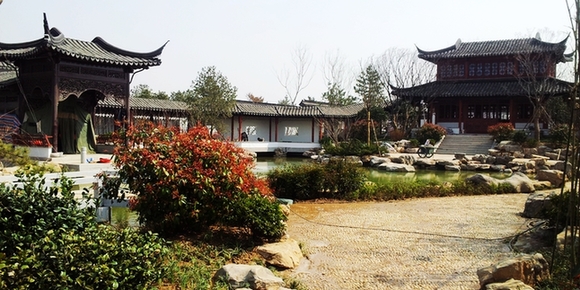
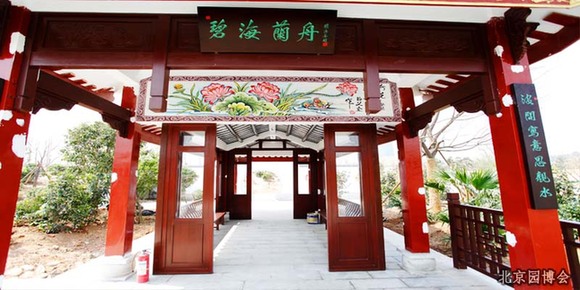
The design of Lingnan Park highlights integration with life. Lingnan district, including Guangdong, Guangxi and Hainan province, has a unique and refreshing environment. Local people live tranquil and comfortable lives in the region.
With gorgeous decorations, the construction of Lingnan Park uses many wood carvings and tile carvings. Some buildings of the park are also influenced by Western architectural culture.
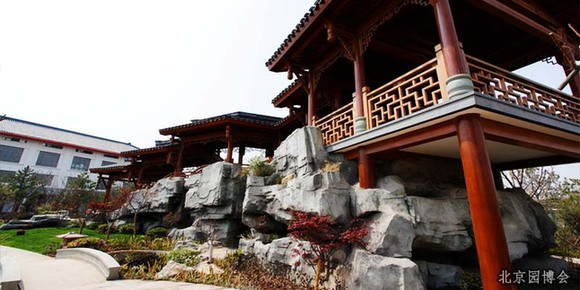
Entering Chongqing Park, tourists will see a unique stilted building. It’s a traditional dwelling of various national minorities, such as the Miao nationality and the Zhuang nationality. Buildings of this kind are quite normal in north Guangxi, western Hunan, western Hubei and southeast Guizhou.
High above the ground, the stilted buildings are dry and ventilated and can prevent attacks from vipers and wild beasts.
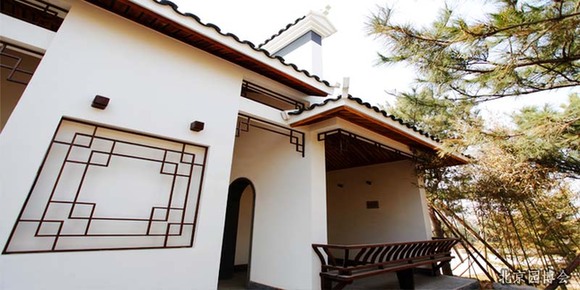
The most representative building in Xiangtan Park is Biquan Academy. As one of the oldest academies in Hunan province, Biquan Academy has made great contributions to the development of Hunan’s culture.
With distinctive local characteristics, the buildings in Xiangtan Park reveal the elegant and plain lifestyle of the region’s literati.

Representing a gathering place for multi-ethnic groups, Guiyang Park is also called concentric park, symbolizing harmony and national unity.
Local landscapes and folk dances blend into the park’s construction, revealing Guiyang’s customs and its love of nature.
